LISTEN TO THIS ARTICLE
Key Takeaways
- Delinquency rates in commercial real estate loans are rising, signaling increased stress within the sector.
- A significant portion of CRE debt is due to mature in 2024, which could strain the U.S. banking system.
- Despite potential risks, regulatory measures and banking system resilience may mitigate the impact of these challenges.

Rising Delinquencies in Commercial Real Estate Loans Signal Potential Trouble for U.S. Banks
Recent reports from the Federal Reserve and financial analysts are raising concerns about the stability of the commercial real estate (CRE) market and its potential impacts on the U.S. banking system.
As delinquency rates on loans tied to office spaces increase, a significant amount of commercial real estate debt is approaching maturity, further complicating the financial landscape.
Delinquency Rates on the Rise
According to a semiannual report from the Federal Reserve, delinquency rates on some commercial real estate loans have surged above pre-pandemic levels.
This increase in late payments is particularly concerning as it indicates mounting stress within the sector.
The Fed has emphasized its commitment to enhancing the “speed, force, and agility of supervision” in response to these rising delinquencies.
$929 Billion in CRE Debt Maturing in 2024
Further complicating the situation, approximately $929 billion of the $4.7 trillion in outstanding commercial mortgages held by U.S. lenders and investors is set to mature in 2024, as reported by the Mortgage Bankers Association.
This massive wave of maturing debt arrives at a time when the U.S. is grappling with a high-interest-rate environment, placing additional pressure on small- and medium-sized banks and private mortgage lenders.
The Banking Sector’s Response
Despite these challenges, there is a silver lining.
Fed Chair Jerome Powell and other officials maintain that the U.S. banking system is robust enough to handle the risks associated with the CRE market.
Additionally, insights from financial analysts suggest that while the sector faces significant hurdles, the diversification in lending and rigorous regulatory oversight, including the Federal Reserve’s stress tests, provide some buffers against a potential crisis.
However, the concern remains that smaller lenders and regional banks could be disproportionately affected if the situation worsens, potentially leading to financial instability or even bank failures, reminiscent of recent incidents with Silicon Valley Bank, Signature Bank, and First Republic Bank.
Assessment
The current state of the commercial real estate loan market poses significant risks but also tests the resilience and preparedness of the U.S. banking system. With rising interest rates and widespread uncertainty in the economy, many commercial real estate assets have seen declining valuations, placing pressure on borrowers and lenders alike. This environment has sparked debates about potential solutions, including targeted interventions akin to a ‘Goldman Sachs real estate bailout.’ Such measures, while controversial, underscore the delicate balance required to stabilize the market without encouraging undue risk-taking in the future.
With substantial amounts of CRE debt maturing and delinquency rates rising, the coming months will be critical in determining whether the proactive measures taken by banks and regulators are sufficient to stave off a larger financial crisis.
No related posts.





















